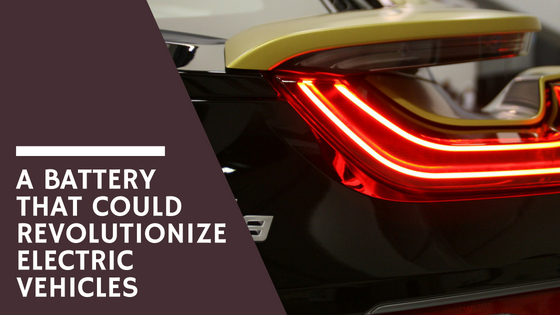Batteries are an integral part of everyday life. They are necessary for storing solar and wind power. They power portable electronic devices and are needed for traditional and hybrid cars. There are endless applications in our lives that involve batteries. In addition to the widespread use of batteries, scientists are also constantly looking for more sustainable ways to utilize energy. The importance of batteries inspires engineers to continually improve their design and performance. This includes the evolution of the lithium-ion battery.
Issues with the battery
Engineering professor John Goodenough from the University of Texas was one of the inventors of the lithium-ion battery. However, it was soon discovered that the energy storage devices had the potential for exploding or bursting into flames. The problem lay in the liquid electrolytes the battery contained. When charged too quickly, metallic whiskers or dendrites formed in and passed through the electrolytes, which caused a short-circuit between the negative and positive terminals.
Advances in battery design
To solve the dilemma, Goodenough and fellow researcher Maria Helena Braga replaced the electrolytes with glass electrolytes that function in combination with the alkali-metal terminals to provide power. The upgraded electrodes additionally enabled the battery to have up to three times the energy, which would last longer between charges. In addition to the glass electrolytes, Goodenough’s new batteries use sodium in place of lithium in the cells.
The devices also successfully functioned at temperatures of -4 degrees Fahrenheit or -20 degrees Celsius. Despite severely cold weather, the batteries would continue providing power to electronic devices or hybrid cars. Goodenough and his team continue researching battery development and are in the process of obtaining patents. They hope to soon work with manufacturers and further test their innovation.
New battery
Professor Michael Zimmerman from Tufts University recently introduced his version of the upgraded lithium-ion battery. He replaced the liquid electrolytes with flame-resistant plastic. In this way, regardless of what type of damage the battery might suffer, they will not explode or ignite. The unique batteries also have the ability to continue supplying power despite being damaged.
The lithium ions created pass through the plastic, which is not susceptible to dendrite formation. The safety measure also enables the battery to have a metal negative post, which could increase the energy storage two-fold.
Zimmerman formed the Ionic Materials company and successfully raised millions of dollars in order to manufacture and offer his battery for commercial purposes. However, Professor Zimmerman and his new company have as of yet to share when the batteries might become available.

